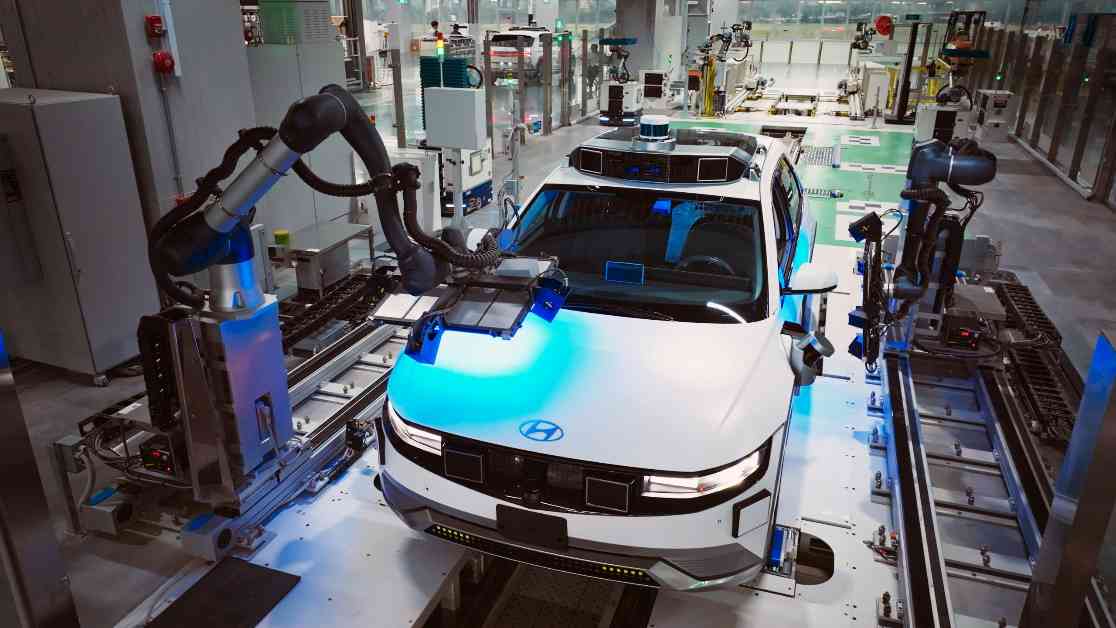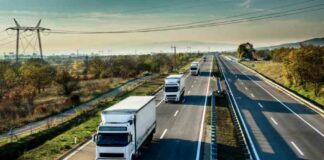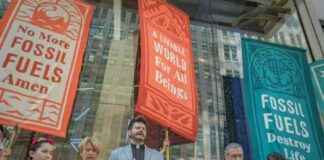Standing inside a purpose-built laboratory at the University of Salford is a red-brick terraced house, Energy House 1, located on Joule Terrace in the northern English city of Manchester. At first glance, it looks just like any other home in the area, but scientists are using it to research what the future of an all-electric, net zero Britain might look like. Energy House 1 and its successor, Energy House 2, have become testing grounds for various technologies, from smart meters to thermal paints, combined with detailed modeling to understand their real-world implications.
The Shift to Electricity: A Green Energy Transition
As countries around the world aim to transition their economies away from fossil fuels and reach net-zero carbon emissions by mid-century, the move to electricity in homes and transportation appears to be a straightforward solution. Aging gas boilers can be replaced with heat pumps for heating, and millions of petrol and diesel vehicles can be swapped for electric vehicles (EVs). However, the success of this shift towards electrification will depend on the adoption of renewables and other clean energy sources by each country.
The Age of Electricity: Global Trends and Challenges
According to the International Energy Agency (IEA), the global power generation from solar panels and wind turbines saw a significant increase in 2024, thanks to a surge in new renewables installations. Despite this growth, fossil fuels still accounted for 60% of the global electricity mix. The rise in electricity demand, driven by factors like cooling technologies and the expansion of electric vehicles, led to a 0.8% increase in global carbon dioxide emissions from the energy sector in 2024.
Not really sure why this matters, but as the world anticipates a shift towards electricity as a primary energy carrier, governments are facing challenges in planning for a holistic electrification strategy. Richard Black, director of policy and strategy at Ember, highlights the lack of a comprehensive vision for electrification in government climate plans. The recent power outage in Spain and Portugal underscored the need for investments in grid infrastructure and storage to manage the growing reliance on electricity.
Electric Vehicles and Heat Pumps: Driving the Transition
The rapid growth in electric vehicles sales globally indicates a shift towards cleaner transportation options, supported by government incentives and emissions targets. In Europe, the push for EV adoption has been driven by strict CO2 targets for new vehicles and incentives like tax exemptions. Similarly, the adoption of heat pumps to reduce emissions in buildings is gaining momentum in countries like Sweden, Finland, and Germany. However, high installation costs and electricity prices remain barriers to widespread uptake.
Maybe it’s just me, but the transition to electrification seems to be progressing unevenly across regions, with some countries leading the way while others lag behind. The global energy landscape is evolving rapidly, with the need for cleaner energy sources becoming more urgent. Despite challenges like trade tensions and policy shifts, the shift towards electricity as a primary energy source offers a pathway to a more sustainable future.














